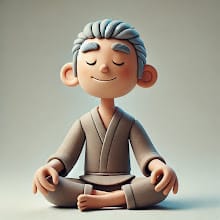Beyond Exercise: How Movement Connects Body, Mind, and Spirit
Movement naturally brings us into the present moment. Whether it is the steady rhythm of walking, the gentle sway of stretching, or the quiet stillness between motions, movement offers a chance to shift attention away from scattered thoughts and toward what is happening right now.


